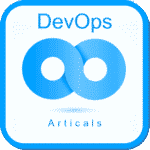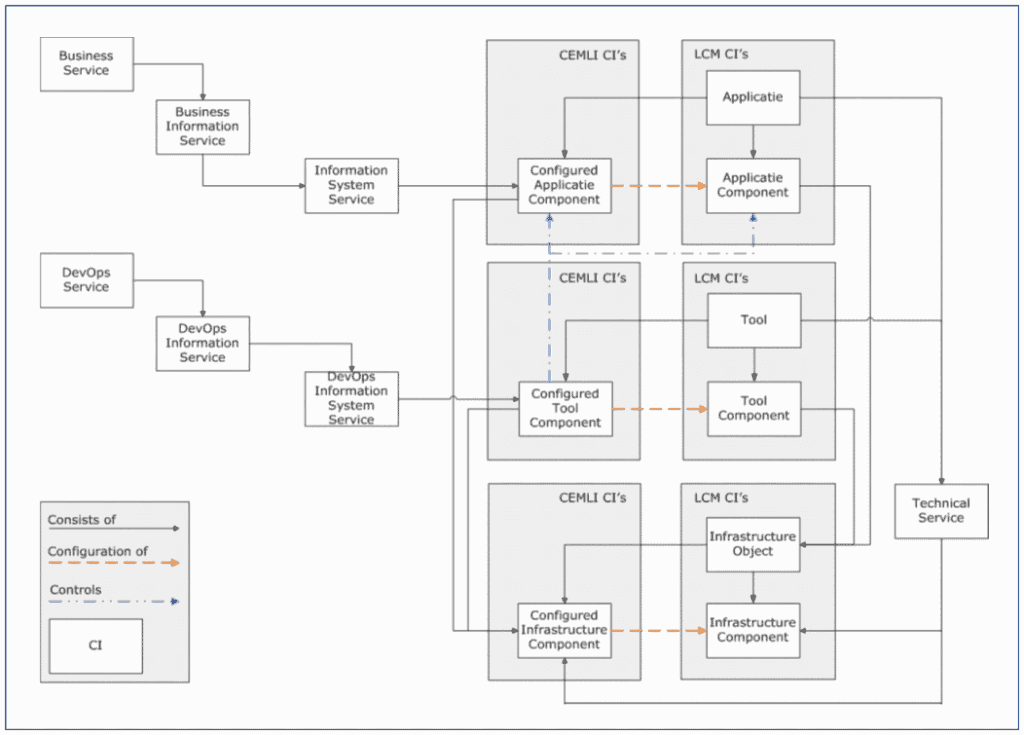How is the Service model within DevOps?

ITIL is based on a service approach. In the world of DevOps however many teams are only focused on products. This article explains how a service orientation can be used within DevOps.
Ensure that the services to be delivered actually provide added value to the customer for the agreed price and guarantee that the identified risks are guaranteed.
A service is more than a product. A product becomes a service by adding value. For example, by adding tasks. In this way, a printer can become a print service by adding tasks like refilling paper, renewing toner, allowing follow me et cetera. Just adding tasks to products is not enough. The tasks have to be performed timely. So, a SLA is needed to agree on the performance of the people who provision the services. The monitoring of the performance is done by the process manager who delivers the services. The speed of the tasks is determined based upon the Key Performance Indicators (KPI) of the process. The KPI are aligned on the SLA norms.

This article first explains the two types of services that can be recognized. The first type are the services to the customer, the second type are the services that the DevOps team uses themselves. Both types of services and the lower level services are defined as CI’s in the CMDB. Next this article describes that product types that are used to build the services. These products and their relationships are also defined in the CMDB. So all white squares in Figure 1, are considered to be CI’s in the CMDB. In this way risk and impact analyses are supported by the CMDB. More and more CMDB tools have graphical visualisation capabilities of services based on the CMDB content.
From an architecture perspective, one may recognize several types of services. The first one is the business service as depicted in Figure 2. This might be a customer service, payment service etc. A business service is supported by a business information service.
This service is about the provisioning of the information that is needed by the business in order to deliver business services. An example is a CRM service (Customer Relation Management). An information service is depending on an application that is offered as a service. This is in fact a SAAS (Software As A Service). An example is SAP that is offered in the cloud. Next to this stack of services for the business, the DevOps team is also serviced. The Deployment Pipeline can be seen as an Information System Service, a set of tools that add value by shortening the TTM. On top of the deployment pipeline the DevOps team gets information services like the status of an object that is somewhere in the deployment pipeline.

The first type of products is CEMLI the second LCM.
LCM is used for software that is produced or configured by the DevOps team. LCM is applicable for operating systems, database management systems, software packages like Oracle OFSAA, SAP, Siebel et cetera. CEMLI changes are high frequent and form the basic transaction in the deployment pipeline. The LCM changes have a major impact and are still very restricted in most of the companies who use the DevOps approach. Note that the applications as well as the tools are considered to be CI’s. And last but not least also the infrastructure components are also considered to be CI’s.
Discuss with us about this article on LinkedIn.
DevOps Best Practices, ISBN: 9789492618078
Agile Service Management with Scrum, ISBN: 9789071501807


Mogelijk is dit een vertaling van Google Translate en kan fouten bevatten. Klik hier om mee te helpen met het verbeteren van vertalingen.